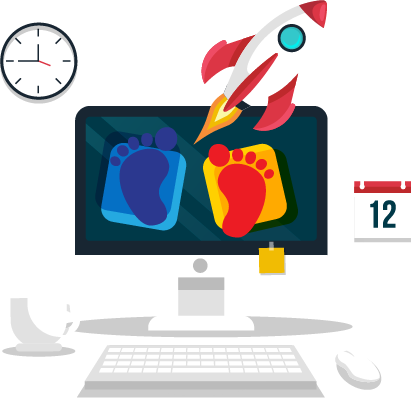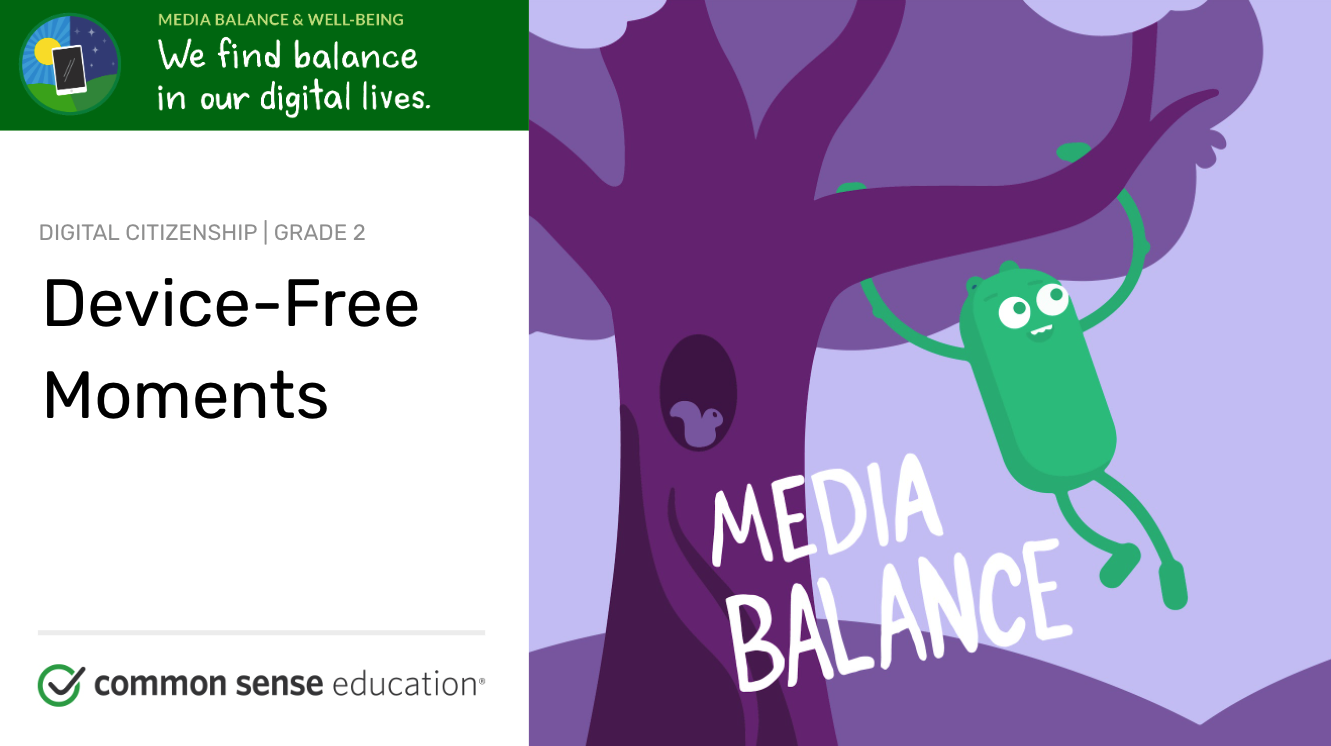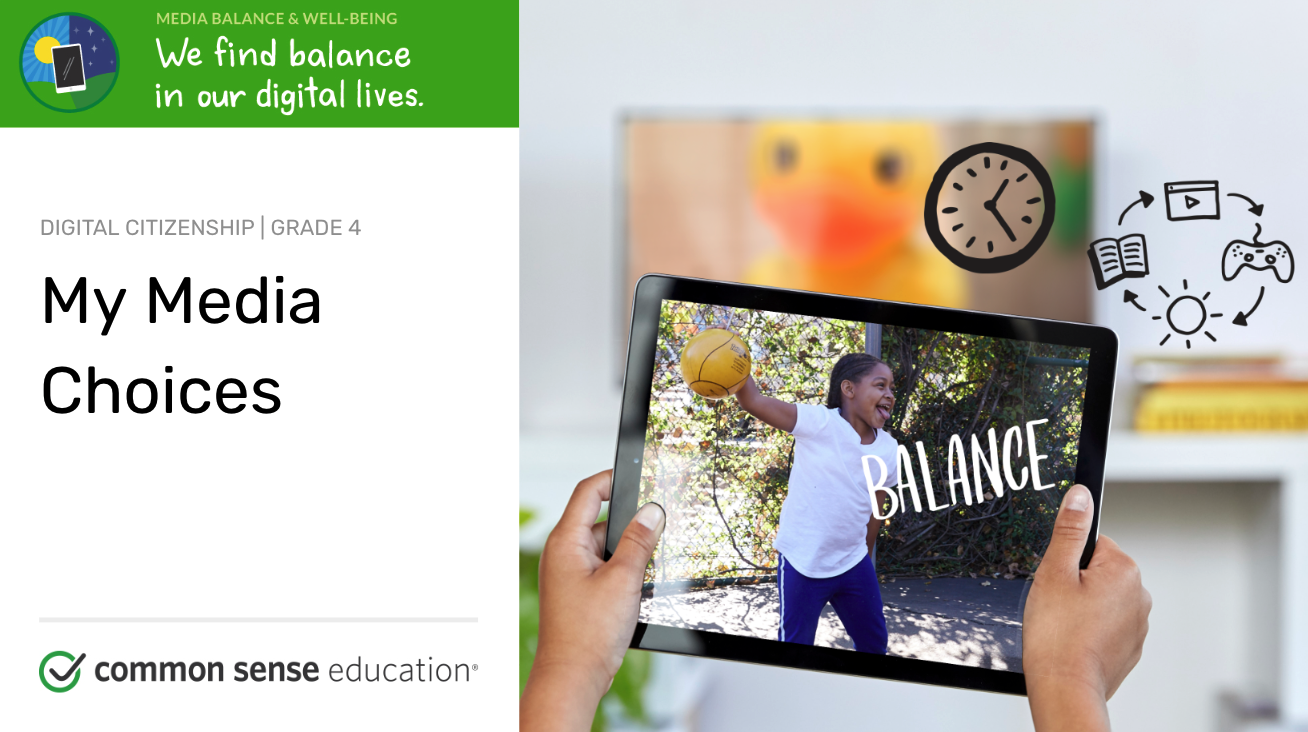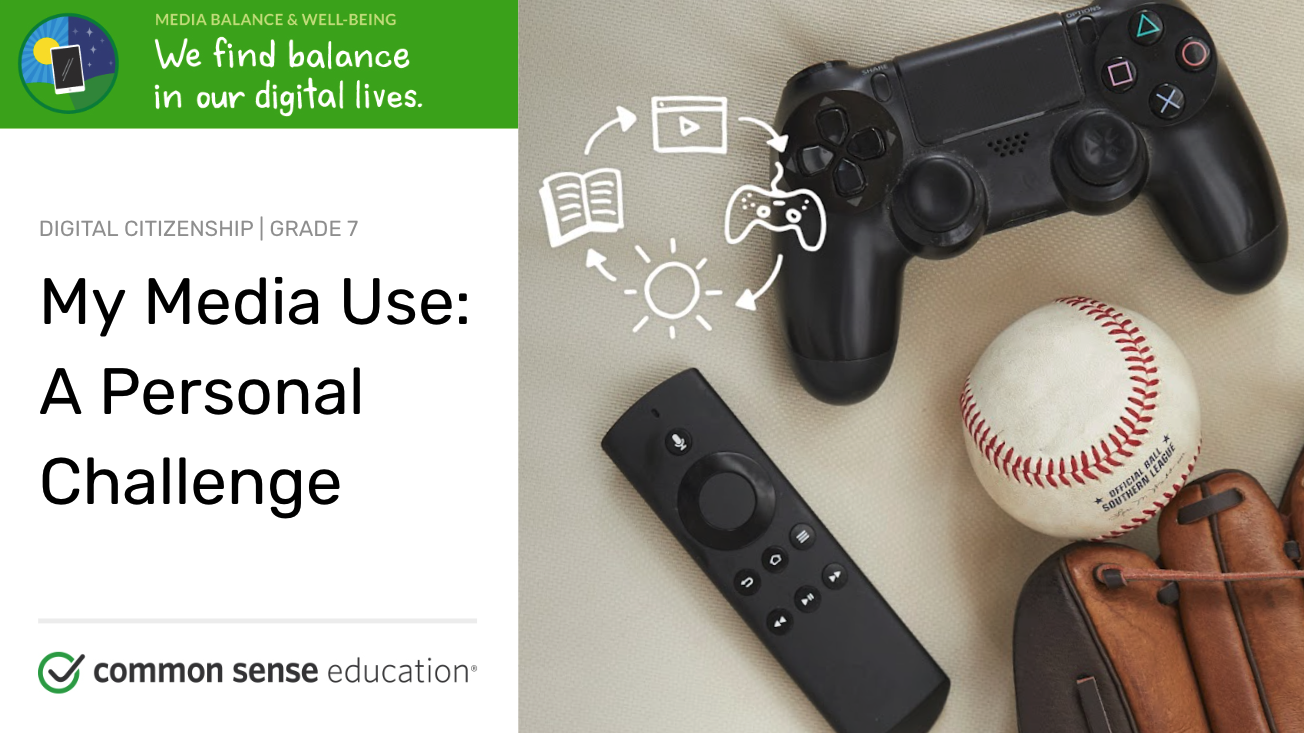March
Resources for March’s Digital Citizenship content

Media Balance and Well-being
Kindergarten: Pause for People
How do you say goodbye to technology when you don’t want to?
Whether it’s watching TV or playing on a tablet, using tech can be super fun! Often, kids find it hard to transition from an online activity to an offline one. Teach your students a simple routine for how to manage those inevitable digital interruptions that are part of everyone’s lives in the digital age.
Grade One: How Technology Makes You Feel
Why is it important to listen to your feelings when using technology?
This foundational digital citizenship lesson challenges kids to pay attention to their feelings while using tech. With an engaging emoji game, students learn practical strategies for managing their feelings — good, bad, and everything in between.
Why is it important that we have device-free moments in our lives?
Technology use isn’t always a distraction, but there are definitely times when it’s best to keep devices away. Help students learn when it’s appropriate to use technology and when it’s not — and practice making family rules for device-free time at home.
Grade Three: Your Rings of Responsibility
How do digital citizens take responsibility for themselves, their communities, and their world?
Some of what they see could make them feel hurt, sad, angry, or even fearful. Help your students build empathy for others and learn strategies to use when confronted with cyberbullying.
What makes a healthy media choice?
We all make choices every day about the media we consume and create. But do kids understand what makes a media choice healthy or not? Hint: It’s about more than just screen time. Use the activities in this lesson to give kids a framework for making informed media choices.
Grade Five: Finding My Media Balance
What does media balance mean for me?
Helping kids learn what makes different media choices healthy or not is a good start. But how do we help them actually make responsible choices in the real world? Give your students the opportunity to create a personalized media plan.
Grade Six: Finding Balance in a Digital World
How do we balance digital media use in our lives?
We use digital media every day, from texting, streaming TV shows, and gaming all the way to using voice assistants or ordering our food online. For today’s kids, it’s a lot more than just “screen time.” So how can we help students balance their online and offline lives? It starts with recognizing just how much media we use.
What is your strategy for finding media balance?
Most of us use a lot of digital media in our daily lives — even when we don’t realize it! Having a balance between online and offline time is important, but healthy media balance might look different for everyone. Help students create a personalized plan for healthy media use.
Grade Eight: Digital Media and Your Brain
How does digital media try to hook you, and what can you do about it?
Sometimes when you’re using media, it’s hard to stop. Lots of people even say they feel “addicted” to their phones or the apps and games they use. But is digital media actually designed to get you hooked? Have students think about the ways different digital media does — and does not — help us find healthy media balance.



